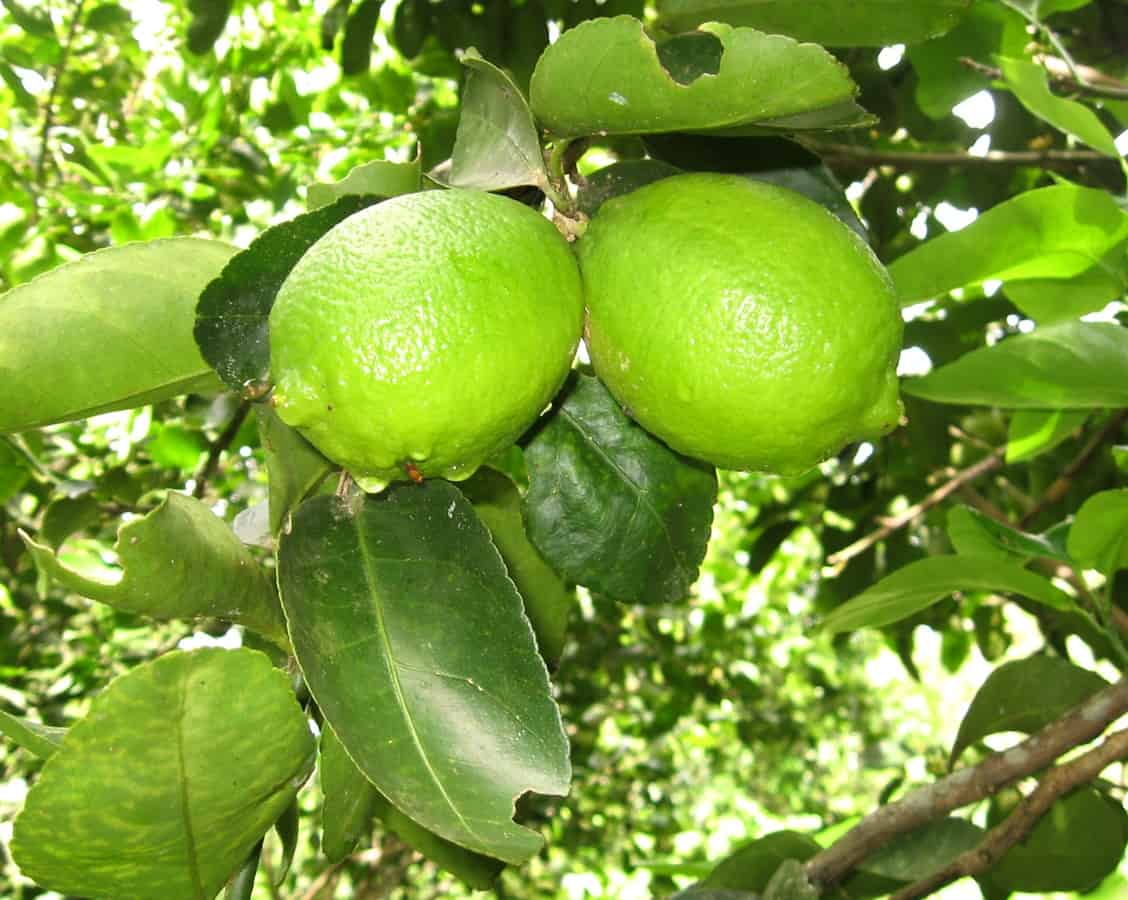Huanglongbing (HLB), a devastating and incurable disease that affects citrus fruits, is impacting Central America, an expert told AFP, threatening a region that gets $866 million annually from this sector.
“Once HLB arrives, what must be done is to learn to live with the disease,” said Xavier Euceda, coordinator of a program to combat the disease with the International Regional Agency for Agricultural Health (OIRSA).
Central America dedicates 703,900 hectares to citrus farming in the hands of some 129,000 producers.
Citrus cultivation, which generates 335,000 jobs in the region, meets local demand and supplies products for export to the United States, Europe and Africa.
El Salvador declared a phytosanitary emergency last week because of the presence of HLB, and now all of Central America faces the threat of this disease that has the effect of drying the trees.
Hard coexistence
“Biologically we cannot say that we are going to completely eradicate the disease from all of Central America because it is not possible,” said Euceda, an expert who in the last five years has coordinated efforts to deal with HLB, a disease originating in Asia where it is known as yellow dragon disease.
There are only two forms of HLB transmission: through a vector insect or by grafting of infected buds.
Symptoms are visible in the plant between six and 12 months after infection.
The damages it produces are a decrease in the level of sugar in fruits, an increase in the level of acidity, and a decrease in the size and alteration of the color and shape of the fruit, with the consequent reduction in the juice content and its impact on the quality of production.
A domino effect
The disease is identifiable because infected plants produce mottled leaves and fruits. The plant, whose performance is affected, dies within two to six years, Euceda explained.
The spread of the disease is related to climate change, he said.
To mitigate the economic impact of the problem, OIRSA trains citrus growers in the region to attend to plantations “with greater discipline” and be attentive to fertilize on time, prune and review soil quality, Euceda said.
The first countries to see the presence of huanglongbing were Belize and Honduras in 2009. In 2010 it spread to Guatemala and Nicaragua, and in 2011 it arrived in Costa Rica.
The expansion did not stop, and in 2016 it was detected in the province of Bocas del Toro, in Panama, according to OIRSA records.
Countries have made efforts to diversify production and install new fruit forests — in the case of Guatemala with Persian lemon; Honduras with Valencia orange and pineapple; and El Salvador with different types of tangerine.






